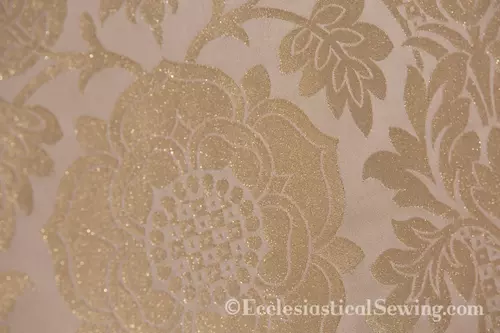
The fabrics selection on this project is St. Margaret in the Ivory Lurex color and St. Hubert in the Gold/Gold color. Oak Leaf gallon was used to edge the orphrey, and a metallic gold thread fringe graces the lower edge of the superfrontal and frontal. The superfrontal is made entirely from the Gold/Gold St. Hubert with the metallic gold fringe as the only adornment. The frontal is made using St. Margaret as the base fabric, with orphreys of St. Hubert in Gold/Gold with the 1-inch wide Oak Leaf galloon used to finish the edges.
Like this:
Like Loading...
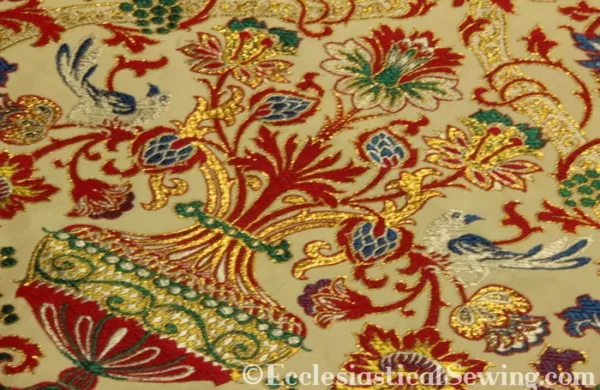
Aragon is a gem of a liturgical fabric. It has a large-scale design, or rather, several large-scale designs that make it an extremely versatile fabric to use for making church vestments. The main design feature is an elaborate Jardiniere which contains floral elements. The story behind the birds is that they are mediators between heaven and earth. Their blue and white coloring blends beautifully with the rich red and green floral elements.
Like this:
Like Loading...
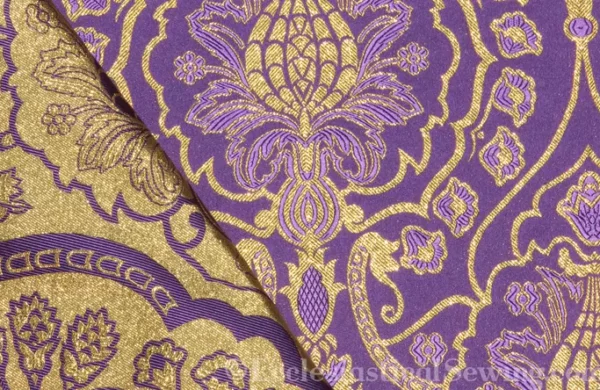
Reversible Wakefield is a stunning Metallic Ecclesiastical Fabric – a brocatelle. This liturgical fabric features an elaborately textured weave that adds depth and dimension to the design details.
Like this:
Like Loading...
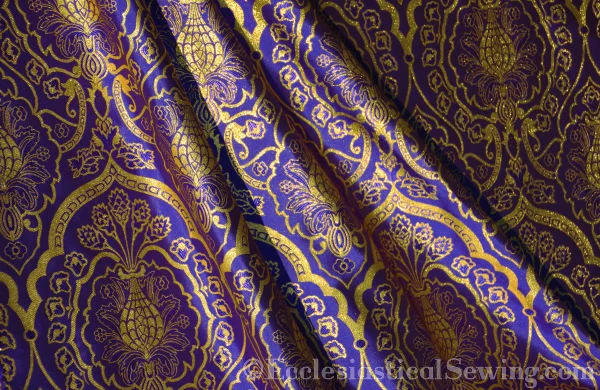
Exciting news! Ecclesiastical Sewing is now open for online shopping! Discover our collection of ecclesiastical embroidery and sewing supplies. Happy shopping!
Like this:
Like Loading...
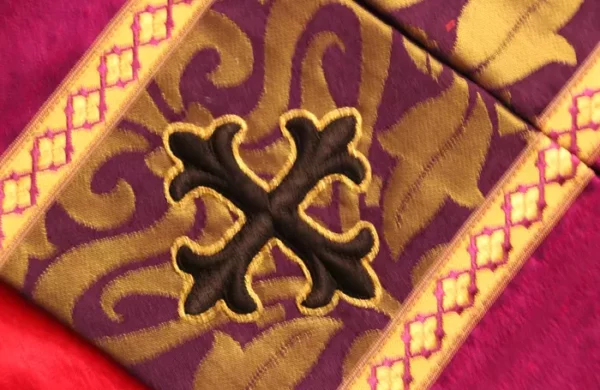
Lenten stoles with Two-Toned Fairford fabric. Featuring a unique blend of violet and gold, these stoles showcase a black cross on each orphrey band, perfect for the Penitential Season of Lent.
Like this:
Like Loading...
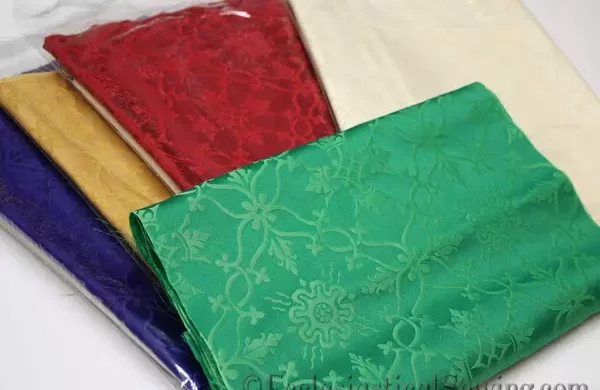
Pugin was a famous designer of churches and all of the needed furnishings in England in the early 1800s. He sadly died at the age of forty. But he has left a legacy of beautiful liturgical art. Pugin designed many items, including some stunning vestments. Today, the Victoria and Albert Museum houses a collection of his vestments.
Like this:
Like Loading...
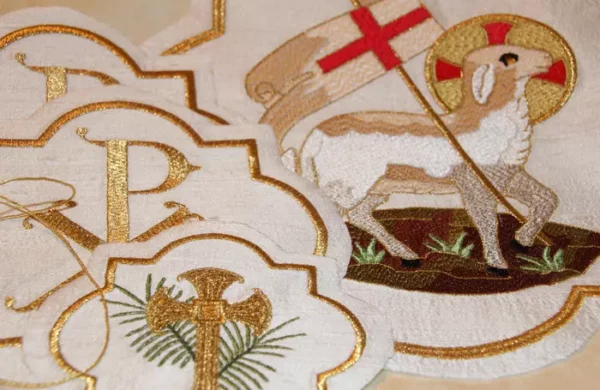
Pastoral stoles with machine-appliqué motifs are in progress. Using pre-made machine-embroidered patches, the Gold St. Benet trim is chosen for a finishing touch. The appliqué is then stitched onto the stole.
Like this:
Like Loading...
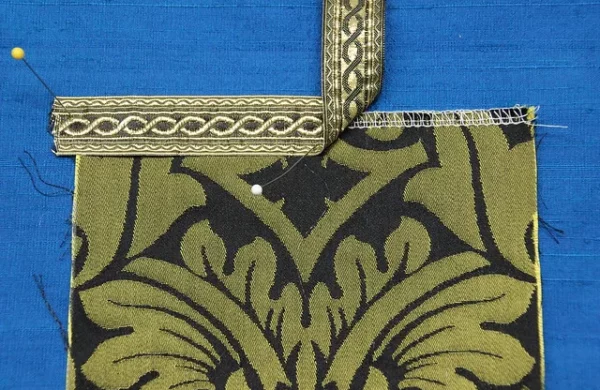
Sewing galloon trim to orphrey bands for pastoral stoles. Pre-make orphrey bands by pinning galloon trim to the base fabric before stitching. Ensure the surged edge is halfway up the trim to avoid fraying. Use an even feed foot on the sewing machine to prevent puckering. Stitch close to the galloon edge, back-stitching at the start and end. Repeat for each orphrey piece, maintaining even stitching. Check the position of the fourth piece to ensure alignment. This method reduces puckers and ensures a polished look for your pastoral stole. Happy sewing!
Like this:
Like Loading...
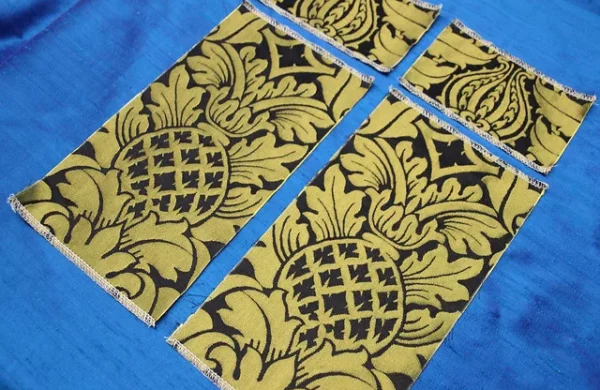
The St. Benet Black/gold trim is an excellent choice for either colored stole, as is the Black Dice trim, or the Gold St. Paul Braid.
Like this:
Like Loading...
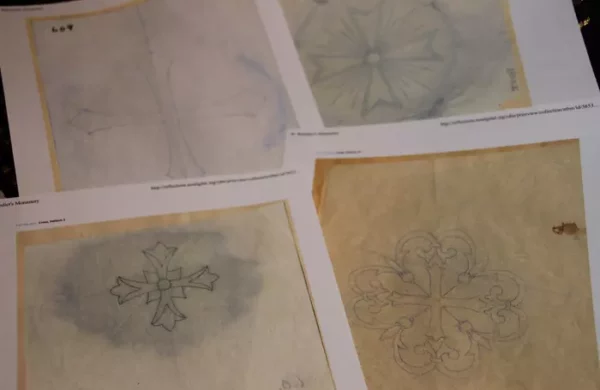
Fairford brocade offers two motifs: a pineapple and an ogee design. Choose the pineapple for the lower band and align it within selected cutting lines. Ensure minimal waste and use the ogee design for upper orphrey bands. Draw cutting lines with tailor’s chalk once satisfied with the design. Cut the motifs carefully, considering future usability of small fabric pieces.
Like this:
Like Loading...
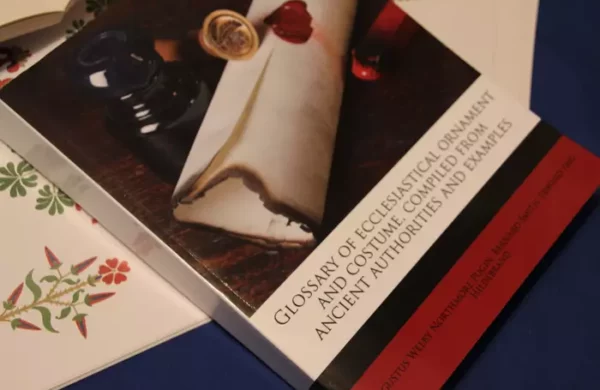
Glossary of Ecclesiastical Ornament, Augustus Pugin refers to ornamented garments of this type worn by ancient Romans as auriclavae or clavatae. Tunics were ornamented with a band referred to as a clavus or clavi. The bands, which were often purple in color, were sewn onto tunics.
Like this:
Like Loading...
The amice, which is one of the first vestment pieces that a priest puts on when vesting. it has lace edging around the sides. When one looks at the care of the tiny pleats in the lace at the corners, and the way the lace follows the linen in the folds, one can not help but to think the lace is attached to the edge of the linen amice.
Like this:
Like Loading...
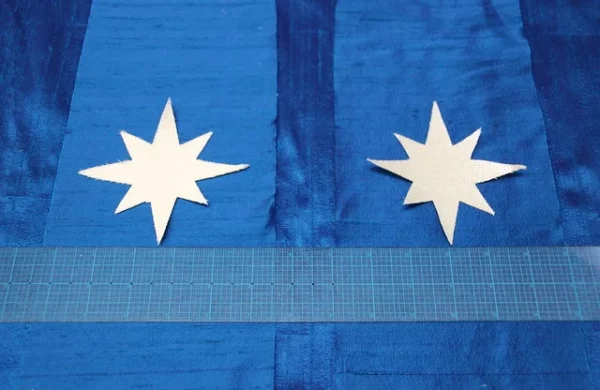
The design motif for the Advent stole is a simple star worked in Cloth of Silver. This simple design would be great to work with an embroidery patch and heat press system. The stars are outlined with a satin stitch, and detail stitches are added in the centers. A few additional stitching lines may be added to create the rays that “shine on the place where the Christ Child lays.
Like this:
Like Loading...
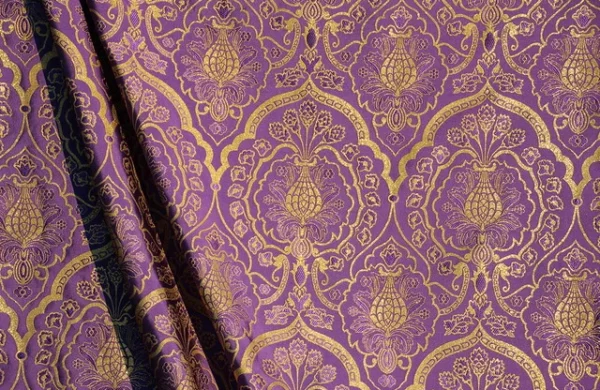
Wakefield employs several design details with the combination of different thread tones, textures, and colors.
Like this:
Like Loading...
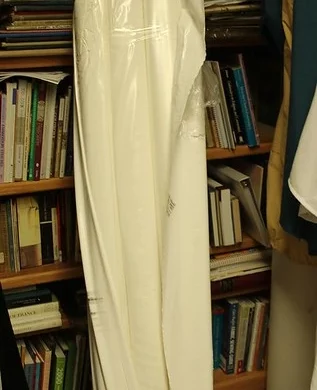
An assortment of linens has arrived, perfect for creating altar linens. From lightweight cambric for sheer veils to fine linens ideal for intricate needlework, There’s even linen suited for making traditional Albs, and a range of yarn sizes perfect for hemstitching. Also with various widths, starting from 54 inches and going up to 120 inches.
Like this:
Like Loading...















You must be logged in to post a comment.